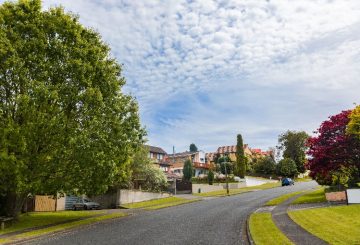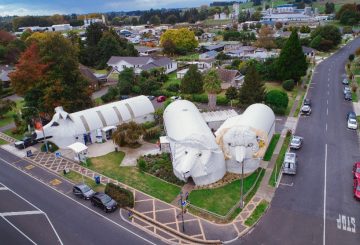Opotiki is a small town on New Zealand’s North Island, at the conjunction of the Otara and Waioeka rivers, on the eastern side of the Bay of Plenty region. Opotiki stands out as having some of the most breath-taking coastal scenery in the country. Its sheer natural beauty has led to an increase in domestic and international tourism.
Opotiki is also unique because its population is predominantly Maori, with three principal iwi holding land in the area. Despite an ongoing struggle for the reclamation of ancestral tribal lands, the Maori community in Opotiki has been instrumental in its economic and cultural state.
Te Whanau-a-Apanui
Te Whanau-a-Apanui are one of the larger of the three iwi in Opotiki. According to census data, just over 13,000 individuals affiliate themselves with the iwi nationwide, with most living outside of the Bay of Plenty region.
Their name derives from Apanui Ringamutu, an ancestor from the 1700’s whose noble lineage gained him ancestral territory on the coast to the east of Opotiki. Given their coastal heritage, Te Whanau-a-Apanui are closely connected to Opotiki’s waters and were once skilled whalers. Although that is a skill lost to the past, Te Wanau-a-Apanui’s tribal authority has ensured that investment into local fisheries guarantees long term benefit for the whole of Opotiki.
Apanui Ringamutu may be the tribe’s namesake, but Te Whanau-a-Apanui has brought us more contemporary figures too. Emmy-nominated director Taika Waititi (Thor: Ragnarok, Jojo Rabbit) is from the area and affiliated with the tribe on his father’s side.
Ngaitai
The Ngaitai are one of the smaller iwi in the Opotiki district, who lay claim to one of the tiniest tribal areas in all of New Zealand. Their ancestral homeland surrounds the little settlement of Torere and, in recent years, has been passed down to its modern inhabitants who utilise it mostly for horticulture.
The top product from the Ngaitai homelands is macadamia nuts, an industry that provides many full-time and part-time jobs to local people. Although the Ngaitai are among the least documented iwi in the area, their rich history is still being discovered. Recent discoveries of Taonga (ancient tools) within their tribal homeland’s boundaries have been a talking point for those affiliated with the iwi.
Whakatohea
Another large iwi in the region are the Whakatohea. Their ancestral lands stretch around Opotiki, and their total number of affiliates is around 12,000. Due to their land’s proximity to the town itself, there has been some historical tension over ownership and confiscation of ancestral territory. However, plans to restore areas once lost to the iwi are well underway. The Whakatohea Maori Trust Board was also set up via government grant and has recently brought in $37 million in investment to a coastal mussel farm and processing plant to create hundreds of jobs for local people. The trust board also designate assets to healthcare providers and local farms, galvanising the importance of the Maori population within Opotiki.




















































